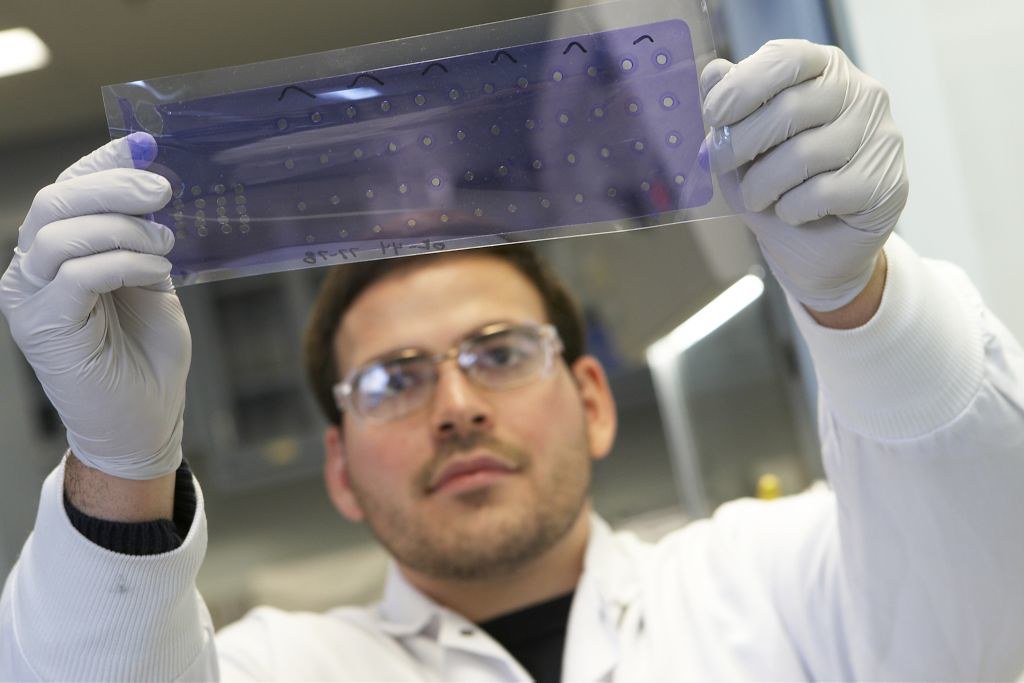In the field of scientific research, the proper identification and tracking of experimental resources is crucial for reproducibility and accountability. However, manually tracking and verifying unique identifiers can be time-consuming and error-prone. This is where the use of image analysis techniques becomes invaluable. In this blog post, we will explore how image analysis can be utilized to detect and identify SRIDs (Structured Resource Identifiers) and RRIDs (Research Resource Identifiers), revolutionizing the way we manage and document scientific resources.
SRID Detection
SRIDs are unique identifiers assigned to biological or chemical materials used in scientific research. They help researchers to identify and track specific resources in experiments. With the advancement in image analysis technologies, it is now possible to automatically detect SRIDs from images of laboratory samples. By training machine learning models with labeled images, the system can accurately identify and extract SRIDs from various image sources. This not only saves time but also minimizes the risk of manual errors in identifying and documenting resources.
RRID Detection
RRIDs, on the other hand, are unique identifiers for research resources such as antibodies, cell lines, and genetically modified organisms. These identifiers are essential for ensuring reproducibility and traceability of experiments. Image analysis techniques can play a crucial role in detecting and validating RRIDs. By analyzing images of experimental setups or samples, the system can automatically identify the presence of specific RRIDs and cross-reference them with existing databases. This enables researchers to quickly verify the correct usage of resources and maintain accurate records of their experiments.
Advantages and Challenges
The use of image analysis for SRID and RRID detection offers several advantages. Firstly, it significantly reduces the time and effort required for manual identification and tracking of resources. Researchers can now focus more on the actual research work rather than administrative tasks. Secondly, it enhances the accuracy and reliability of resource identification, minimizing the chances of human errors. However, there are also challenges associated with image analysis, such as the need for high-quality images, potential variations in lighting conditions, and the requirement for robust machine learning models. Overcoming these challenges requires continuous improvement in imaging techniques and algorithm development.
Conclusion
The utilization of image analysis techniques for SRID and RRID detection is a game-changer in scientific research. It streamlines the resource identification process, improves reproducibility, and enhances research accountability. By automating the identification and tracking of unique identifiers, researchers can focus on advancing their scientific endeavors while ensuring accurate documentation and resource management. As technology continues to evolve, we can expect further advancements in image analysis, making scientific research more efficient and reliable than ever before.
